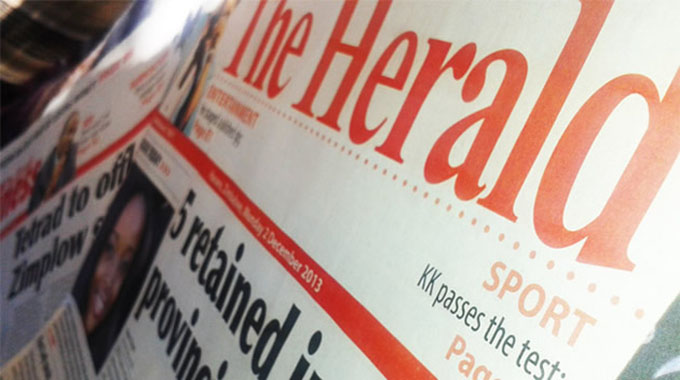Global shares slide
LONDON. — Global shares slipped yesterday as a batch of weak earnings pre-announcements in the United States sparked concerns that the upcoming reporting season may disappoint, leaving some indexes looking expensive after a bumper 2013.
The dollar steadied against a basket of six major currencies bouncing from its lowest since January 2 after a drop fuelled by much weaker-than-expected jobs number last Friday.
Almost 10 of every 11 earnings pre-announcements for the current earnings season from companies in the US S&P 500 index have lowered estimates, Thomson Reuters data showed.
Various US companies that posted weak earnings or forecasts on Monday, including sportswear retailer Lululemon Athletica, saw their stocks hit hard, leaving the S&P 500 nursing its worst one-day fall since November.
European shares followed Wall Street into the red. The FTSEurofirst 300 index of top European shares fell 0,6 percent at 1 316.36 points.
After the S&P 500’s jump of almost 30 percent last year, its forward price-to-earnings ratio is the highest in nearly seven years. Investors are weighing the risk of paying such a high premium for earnings that may see growth stall.
“Earnings and outlooks have to be good for us to continue to go up,” Nick Xanders, head of strategy at BTIG in London, said.
“The multiple expansion has already happened and the earnings have to follow through but I don’t think they’re going to. The US retail sector is getting beaten up badly.”
US banks are in the spotlight this week, with JPMorgan Chase & Co, Bank of America, Citigroup and Goldman Sachs reporting quarterly earnings.
Top analysts are predicting a 7,6 year on year growth in fourth-quarter earnings for companies in the MSCI World index .
This represents a slight miss of 0,3 percent on consensus estimates, with the basic materials sector set to post the biggest negative surprise, Thomson Reuters StarMine data showed.
The index, which tracks shares in 45 countries, was down 0,4 percent at 402.31 points, after Japan’s Nikkei index, which had been shut on Monday, tumbled 3,1 percent.
The dollar gained back half a percent against the yen yesterday, bouncing from a four-week low, but was a touch lower against the euro after two sessions which had called a halt to the US currency’s bullish start to the new year.
The euro was little changed at US$1,3679.
Dollar/yen was one of the strongest-performing major currency trades last year, and many hedge funds have been betting the trend will continue as the Federal Reserve cuts back its bond-buying program while the Bank of Japan remains committed to providing stimulus.
“Given the extent of positions in the market and continued softness in US yields this week, USD/JPY could continue to test lower near-term,” analysts at BNP Paribas wrote in a note.
Japanese investors were likely to seek higher returns overseas as the yield differential between US government bonds and Japanese government debt widened, further boosting the yen weakness if their investments were not hedged.
“The gradual widening in the rate differential between the US and Japan should also encourage Japanese investors to invest in foreign bonds,” Nomura Securities said in a note.
“The expected gradual rise in global yields, while Japanese yields are expected to remain relatively low thanks to the BOJ’s JGB investment, should also influence foreign investment in the Japanese market.” — Bloomberg.







Comments